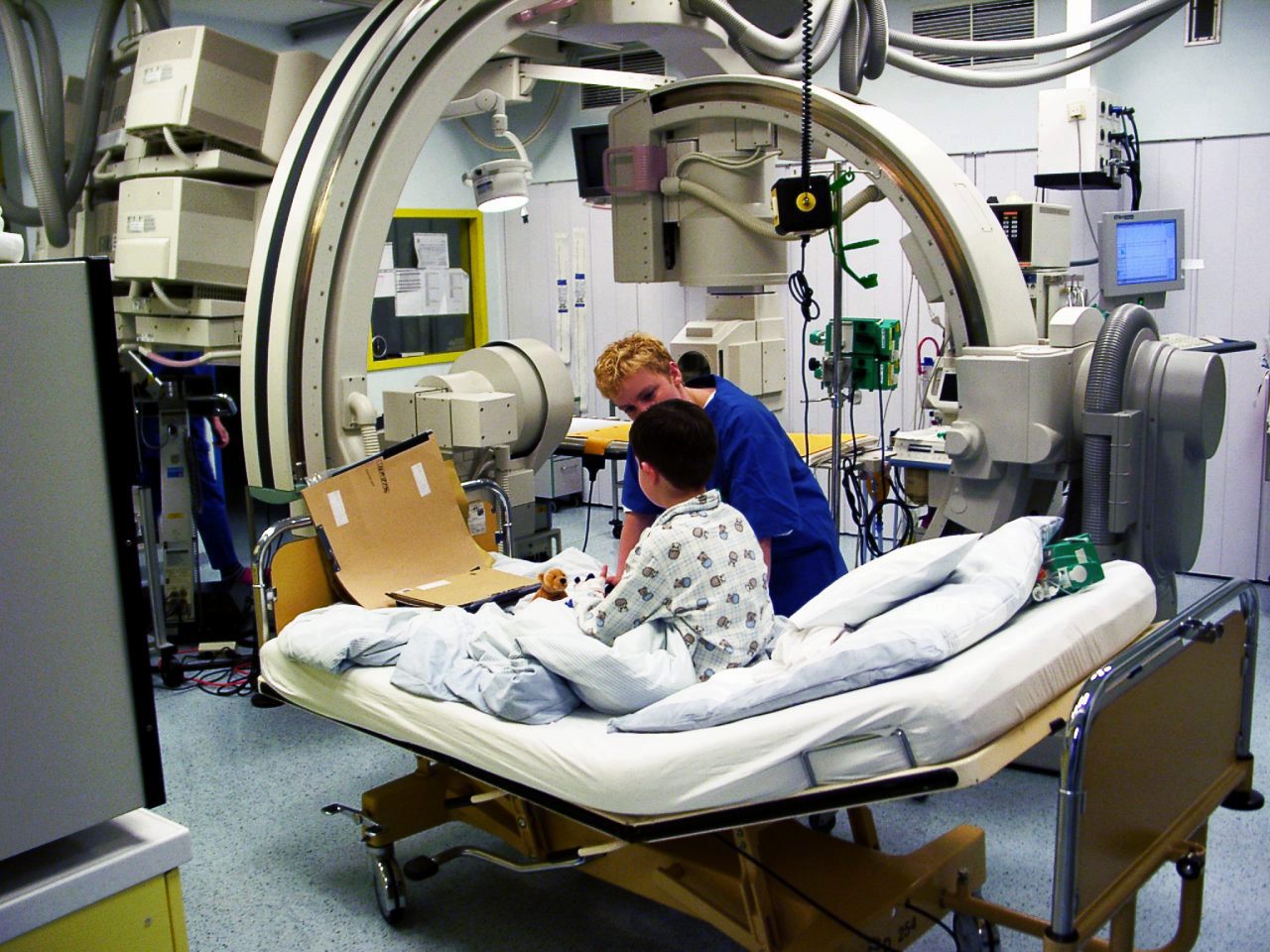
Let’s discuss a medical procedure that is currently making headlines. It is called ablation. Sportspeople are frequently talking about it these days. Jim Harbaugh publicly shared his own story. It sounds complicated, doesn’t it?
Ablation helps address issues in the body. Doctors employ focused energy for this method, creating tiny scars or removing damaged tissue. This procedure is not a major surgery. The Cleveland Clinic also discusses heart ablation. They state that it corrects irregular heart rhythms. Tiny scars halt the incorrect electrical signals. It targets areas in the heart causing problems.
Doctors might resort to it when medications fail. This procedure aids in restoring normal heartbeats. Let’s examine how heart ablation is actually performed. The Cleveland Clinic elucidates the entire process.

A heart doctor guides a thin tube. This tube passes through a blood vessel, usually in the leg, and travels all the way up to the heart. Energy is delivered through the tip of the tube, creating small scars at the site where the abnormal heart rhythm originates. Heat is one type of energy utilized, and cold energy is another option.
Short bursts of energy are also feasible. These tiny scars block the problematic electrical signals, preventing the occurrence of irregular heart rhythms. It is truly remarkable how this method can bring about change. Atrial flutter is a common condition that ablation can address.
In this condition, the upper parts of the heart beat excessively fast, potentially reaching up to 300 times per minute. This rapid activity in the upper chambers leads to various issues. Doctors employ ablation to correct this rapid beating. The scars disrupt the faulty electrical signals, enabling the heart to return to a regular rhythm.
Jim Harbaugh’s experience has drawn more attention to ablation. The 61-year-old coach recently underwent an ablation procedure, which was successful during his NFL off-season. He experienced atrial flutter during a game last year, demonstrating that these problems can affect anyone. Ablation helped him regain full health.
His flutter episode occurred during a Chargers game in Week 6 against Denver. He briefly left the game in the first quarter and went to the locker room for medical assistance. After receiving fluids and undergoing tests, including an electrocardiogram, he returned to the game.
This was not his first flutter incident during a football game. He had another one in 2012 during a game between the 49ers and the Bears. However, he did not leave the game at that time and received medical care after it concluded.
Harbaugh did not miss any games due to these episodes. Later last year, he wore a heart monitor for a couple of weeks, highlighting the importance of careful monitoring. It is essential to pay attention to symptoms and seek medical help promptly.
After his recent successful ablation, he feels well. He told the media that he is now completely healthy, and the doctors have found no abnormalities, he added. He mentioned his procedures, including hip surgery.
Moving beyond heart-related issues, ablation is also useful for treating other conditions. It offers less invasive options compared to traditional open surgery. Radiofrequency ablation (RFA) is currently gaining attention for the treatment of a small form of thyroid cancer known as papillary thyroid microcarcinoma (PTMC). Indeed, more cases of thyroid cancer are being detected now due to the widespread use of ultrasound machines. PTMC is defined as being ten millimeters or less in size. While surgery is often the recommended treatment in guidelines, not all patients are suitable for it or wish to undergo surgery. This is where less invasive options like RFA come into play.
Extensive research has compared RFA with conventional surgery for low-risk PTMC. A comprehensive analysis utilized data from numerous studies involving over a thousand patients. The researchers examined the outcomes of both treatments, including treatment effectiveness, safety, and even the patients’ quality of life.
When evaluating the efficacy of RFA in treating microcarcinoma, studies have reported high success rates in tumor reduction. Patients followed up over time showed a significant shrinkage in the affected area, with many nodules disappearing or nearly vanishing. This indicates that RFA can be as effective as surgery in removing the malignant tissue.

Concerns always include the recurrence of cancer. The spread to lymph nodes is another worry that people have. New cancers may also develop later. Comparative studies have examined these outcomes for different groups. The analysis found no statistically significant difference. Not in the local recurrence rate, the new cancer rate, or the spread to lymph nodes between patients treated with RFA and those who underwent surgery. The data suggests that RFA is as effective as surgery in managing these risks.
The safety factor plays a large role in choosing the type of treatment. Studies have compared the complications that occur after operations. Factors such as voice issues are considered carefully. Difficulty swallowing is also assessed. Nerve damage, including permanent damage, is taken into account. Other issues include bleeding or pain at the treatment site, infection at the site, thyroid function problems such as hypothyroidism or hyperthyroidism, severe complications like severe nerve injury, and minor issues like mild discomfort and voice changes.
The analysis showed a statistically significant difference in the total incidence of complications after treatment. The RFA group experienced a much lower rate of complications compared to those who had traditional open surgery. This finding suggests that RFA may be safer in terms of immediate and short-term effects, which is important from the patients’ perspective.
The practicality of the treatment also matters to people. Studies have looked at the time involved in performing the procedure. The length of hospital stay was also compared, as well as the cost of the treatment itself. The findings showed that the RFA group had shorter treatment times and spent much less time in the hospital. Although hospital facilities and geographical locations may vary to some extent, the results demonstrate the advantage of RFA in terms of time spent.
Read more about: The Hidden Cost of Getting It Wrong: How Misdiagnosis Devastates Lives and Strains Healthcare

The economic cost of treatment was also examined. The large – scale study found that the cost of RFA was lower than that of the traditional surgery group, with a statistically significant difference. RFA for PTMC could now be a cheaper option, easing the financial burden on people receiving care.
Furthermore, the quality of life after treatment is crucial. Studies utilized a scale for thyroid – specific quality of life (QOL). This scale assesses the well – being of patients after treatment. It examines symptoms such as voice problems and also considers the psychological impact. Scars from surgical incisions are also mentioned. A lower score on this scale indicates a higher quality of life.
The large – scale study of QOL scores revealed a difference. The RFA group had a lower score than the surgery group, indicating that patients felt a higher quality of life. This is particularly relevant for thyroid cancer patients, as scars from surgery can have a significant impact, especially since many women are diagnosed with this type of cancer.
While the effectiveness of tumor control seems to be similar to that of surgery, safety, treatment time, cost, and quality of life all favor RFA. Researchers note some limitations in this work. There are fewer studies specifically focused on quality of life, and differences in surgical methods may have introduced some variability. However, the overall results consistently support a strong role for RFA.
Based on this work, RFA appears to be a promising alternative, especially for patients diagnosed with low – risk PTMC who are not suitable for or prefer not to undergo surgery. It offers a less invasive approach, appears to be as effective as surgery in preventing tumor spread, and provides numerous benefits, such as fewer complications, faster healing, lower cost, and potentially a better quality of life.
Beyond small thyroid cancers, ablation can also be beneficial in other areas. It often helps people manage chronic back pain. Kris Bryant, a baseball player for the Rockies who serves as the designated hitter, recently underwent this procedure due to chronic disc disease pain that limited his ability to play the game he loves.
His procedure was aimed at relieving the pain. He said that they access the bone and attempt to ablate the nerves in the spine that are sending pain signals. This highlights the precision with which ablation can target nerves, essentially blocking the pain pathway from the problematic area of the spine. He admitted that it is an intense procedure, but the recovery period was not excessively long.

Kris’s situation demonstrates that ablation is a very useful tool. Whether it is calming irregular heart rhythms, treating small cancerous spots in the neck, or interrupting chronic pain signals, these techniques now offer targeted and less invasive ways to address a variety of health challenges that people face. Each technique uses energy to modify or remove something, aiming to restore how the body functions or provide significant relief.




